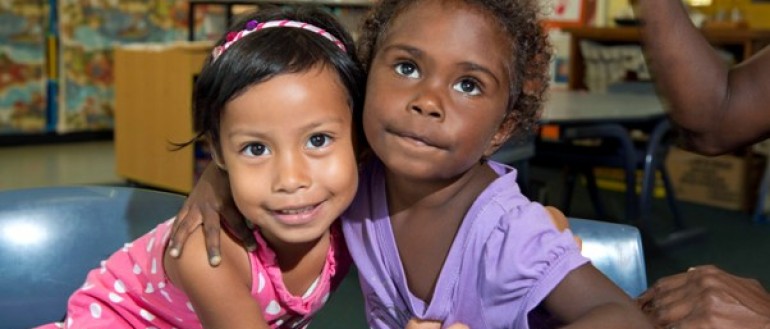Multi-centre double blind randomised controlled trial on the utility of a personalised Bronchiectasis Action Management Plan (BAMP) for children with bronchiectasis Study
Funders:
- NHMRC Centre for Research Excellence – HOT NORTH
- NHMRC Centre for Research Excellence in Respiratory Health of Aboriginal and Torres Strait Islander Children
Collaborators:
- Menzies School of Health Research
- Brisbane Children’s Hospital
- Telethon Kids Institute
Aims:
- To determine if the routine use of a personalised written BAMP (compared to standard care) reduces non-scheduled doctor visits.
Secondary aims:
- To determine if the routine use of a personalised BAMP:
(i) reduces the rate of exacerbation over the intervention period;
(ii) improves cough-specific quality of life (PC-QoL)
(iii) improves the early uptake of yearly influenza vaccine (by 30th May annually)
Summary:
Although regarded as an ‘orphan disease’, bronchiectasis remains a major contributor to chronic lung morbidity and mortality in Indigenous people. Indigenous children are often hospitalised which involves urgent transportation of children from remote communities. The prevalence of bronchiectasis among Northern Territory Indigenous children is very high (one in every 63-68).
In children with asthma, personalised asthma action plans are recommended in all settings as there is robust evidence that its use improves clinical outcomes [e.g. reduced acute doctor visits, hospitalisations and improved quality of life]. It is likely, but currently unknown, if bronchiectasis action management plans (BAMP) are also beneficial for people with bronchiectasis There are no studies in children or adults with bronchiectasis.
Implications for policy and practice:
The results will provide evidence for/against the use of BAMP when managing children with bronchiectasis.
Our research has found:
N/A evaluation is ongoing
Chief investigator:
Project manager:
- Kobi Schutz
Contact info:
For more information about the project contact, Kobi Schutz.
Project dates:
The project commenced in 2017 and is due for completion in 2021.

